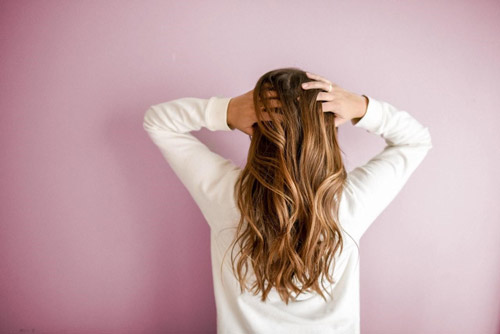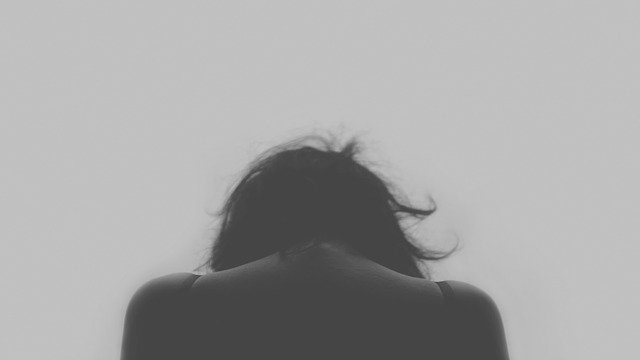A Guide to Better Understand Trichotillomania
Many people experience a condition of pulling out their hair and eyelashes, and this is called Trichotillomania. While the condition can be embarrassing, the good news is that with the right information and training, you can overcome the problem and live happily once again.
Here is a guide to better understand Trichotillomania.
Causes of Trichotillomania
Trichotillomania is a form of impulse control disorder, and people with this condition act on the impulses knowing that they can cause damage, but they cannot control themselves. Some people pull their hair when they are stressed in an attempt to try to soothe themselves.
Other individuals feel relieved and satisfied with the sensation. The exact causes of the condition are unknown, but it is largely believed to be linked to changes in brain chemicals. The following are some of the factors that can increase your risk of this condition.
Stress
When you are stressed, you may feel the urge to pull out your hair. There are many causes of stress, like the loss of a loved one, lack of sleep, family conflicts, or financial problems, among others, that can trigger this.
Genetics
The condition of trichotillomania can be genetic, meaning that it is passed through your family lineage.
Age
The condition usually starts at an early age, between 10 and 13 years. The symptoms can last a lifetime if they are not treated.
Other Mental Disorders
Trichotillomania is also linked to other mental health problems like depression, anxiety, and obsessive-compulsive disorder (OCD).
Coping and Support
Many people with trichotillomania often feel embarrassed by their urge to pull on their hair, but there is no reason why you should be ashamed. Studies indicate that several people experience the same condition, and some manage to overcome it by joining different support groups.
If you meet other people with similar experiences, your journey toward addressing the disease becomes a lot easier when you know that you are not alone.
Expert counselors at No More Hair Pulling explain that you need to join a support group to connect with other people in different places with the same condition if you want to improve. It becomes easier to cope with the condition when you interact and share ideas with other individuals facing similar challenges.
Treatment of Trichotillomania
There is limited research on the treatment of trichotillomania, but there are specific options that have proved to be helpful. For instance, therapy is an effective solution that helps reverse the condition. There are different types of therapies that can help individuals suffering from this condition and can address it properly. The common treatment therapies for trichotillomania include the following:
Habit Reversal Training
This is the primary treatment for the condition, and it helps you realize the situations when you are likely to pull your hair so that you quickly think about something else. For example, you can clench your fist to prevent the urge of pulling your hair. You may also redirect your hand to another body part.
Cognitive Therapy
This kind of therapy helps you examine and identify the myths that you may have about hair pulling. In other words, this therapy emphasizes learning so that you gain the knowledge that helps to deal with distorted beliefs about hair pulling.
Acceptance and Commitment Therapy
You do not need to feel embarrassed if you are suffering from trichotillomania since you are not the only person with this condition. With therapy, you learn to accept that you have hair-pulling problems rather than living in denial.
The advantage of using therapy is that it also helps deal with other mental health disorders that are associated with trichotillomania, such as anxiety, depression, and substance abuse.
Medication
So far, no medication has been approved to treat the condition. However, your doctor can recommend some medications that can help control specific symptoms of the condition, like antidepressants. Other drugs like Atypical antipsychotics, N-acetyl-cysteine, which is an amino acid supplement, can also control the symptoms.
However, you need to talk to your doctor about the possible side effects of the drugs they prescribe.
Trichotillomania is a type of impulse control disorder that causes people to pull out their hair to gain relief from other underlying mental health issues. Some people deny that they have a problem, whereas others realize that they can hurt themselves as a result of their behavior but that they cannot control it.
This condition is related to other mental health disorders like stress and anxiety. There is no proven way of preventing or treating the condition, although different therapy programs can offer effective solutions.






